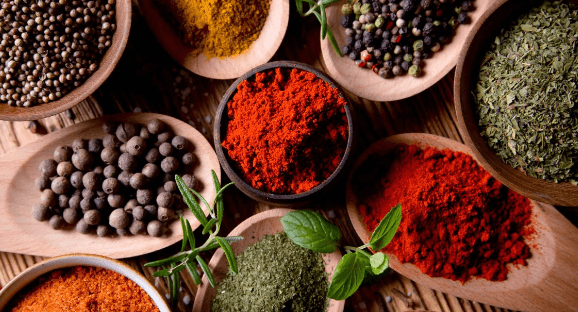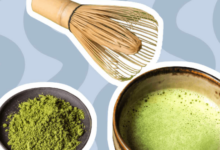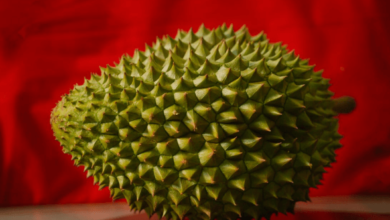The Culinary Magic of Australian Native Herbs and Spices

Australia, a land of diverse ecosystems and unique wildlife, also boasts an incredible variety of native herbs and spices that Indigenous peoples have utilised for culinary and medicinal purposes for millennia. Today, these flavours are finding their way into the kitchens of innovative chefs and home cooks around the globe, eager to explore the distinctive tastes that Australian flora offers. From the lemony zest of Lemon Myrtle to the nutty crunch of Wattleseed, the culinary possibilities are endless. This page will embark on a flavourful journey to discover how these native ingredients are transforming modern cuisine. By the end of this exploration, you’ll see why the native herbs and spices in Australia are not just ingredients but a gateway to a rich culinary heritage.
Discovering the Flavours
The first step in understanding this culinary revolution is familiarising ourselves with the key players. With its strong citrus fragrance, Lemon Myrtle is perhaps the most well-known versatile in dishes ranging from baked goods to seafood. Wattleseed offers coffee, chocolate, and hazelnut flavours, making it a favourite for desserts and sauces. Then there’s the Tasmanian Pepperberry, which provides a spicy kick with hints of woodsy aroma, perfect for seasoning meats and soups.
Culinary Innovations
Chefs across Australia and beyond embrace these flavours, integrating them into traditional and contemporary dishes. This fusion of old and new culinary techniques has led to an exciting gastronomic landscape. For example, native Bush Tomatoes are being used to add depth to sauces and chutneys, while Kakadu Plum, known for its tart flavour and high vitamin C content, is becoming a popular addition to jams, desserts, and savoury glazes. Besides, this creativity is not just about flavour; it’s a celebration of Australian heritage and a testament to the versatility of these native ingredients.
Sustainability and Ethical Foraging
With the growing popularity of these ingredients comes a responsibility to harvest them sustainably. Many producers and suppliers now work closely with Indigenous communities to ensure that foraging and cultivation practices respect the land and contribute to preserving these species. This collaboration helps to maintain the ecological balance and supports the local economy, ensuring that the bounty of Australian flora can be enjoyed for generations to come.
See also: Robot Delivery Food: What’s New
Health Benefits
Beyond their unique flavours, many Australian native herbs and spices are prized for their health benefits. The Kakadu Plum, for instance, contains the highest recorded levels of natural vitamin C of any food in the world, while the Tasmanian Pepperberry is rich in antioxidants. Moreover, incorporating these ingredients into your diet means a feast for your taste buds and a boost for your health.
Bringing Australian Flavours Home
More options exist for experimenting with these ingredients now than ever. Whether you’re a seasoned chef or a curious home cook, incorporating these unique flavours into your cooking can broaden your culinary horizons and bring a taste of Australia into your home. So, from simple additions like sprinkling Lemon Myrtle over grilled fish to more adventurous endeavours like creating a Wattleseed dessert, the possibilities are as vast as the Australian landscape.
The native herbs and spices in Australia offer an exciting and unique palette for culinary exploration. They embody the spirit of innovation and the rich cultural heritage of Australia, making them more than just ingredients; they’re a journey into the heart of Australian cuisine. As you continue exploring and incorporating these flavours into your dishes, you will enrich your cooking and support sustainable and ethical practices that benefit the land. So, why not take the plunge and discover the culinary magic these native treasures offer?








